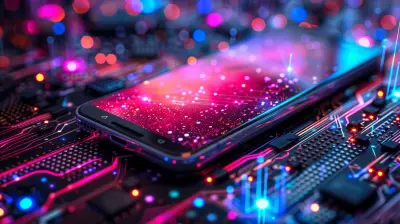Why Touchscreen Laptops Are Taking Over
16 July 2025
In the past few years, touchscreen laptops have gone from being a futuristic novelty to a must-have tech item. You’ve probably noticed them popping up everywhere—from coffee shops to classrooms, business meetings, and even your friend’s home office. But why exactly are touchscreen laptops taking over? What makes them so popular? Let’s dive into the reasons behind this growing trend and find out why more and more people are choosing touchscreens over traditional laptops.
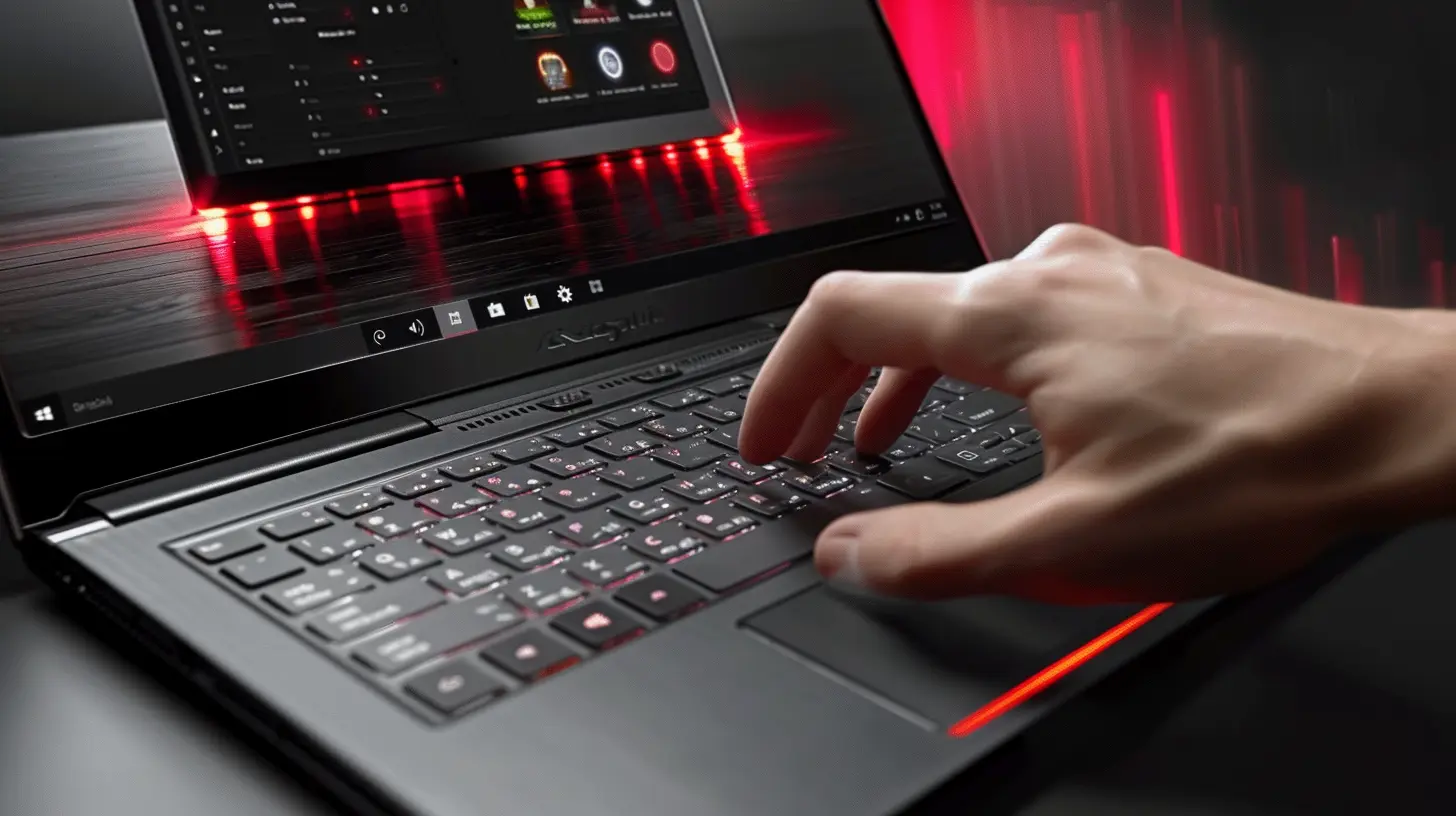
1. The Rise of Touch in Everyday Devices
Let's face it—touchscreens aren't exactly new. We’ve been using them for years on smartphones and tablets. In fact, the way we interact with technology has fundamentally changed. We’re used to the quick, direct interaction that comes with tapping, swiping, and pinching on a screen. So, it makes sense that this touch-driven interaction would eventually make its way to laptops as well.Think about how natural it feels to tap a button on your phone. Now imagine doing the same on your laptop while working on a presentation or browsing the web. It’s intuitive, and that’s what makes touchscreen laptops so appealing. They combine the familiarity of a traditional laptop with the ease of mobile touch interaction.
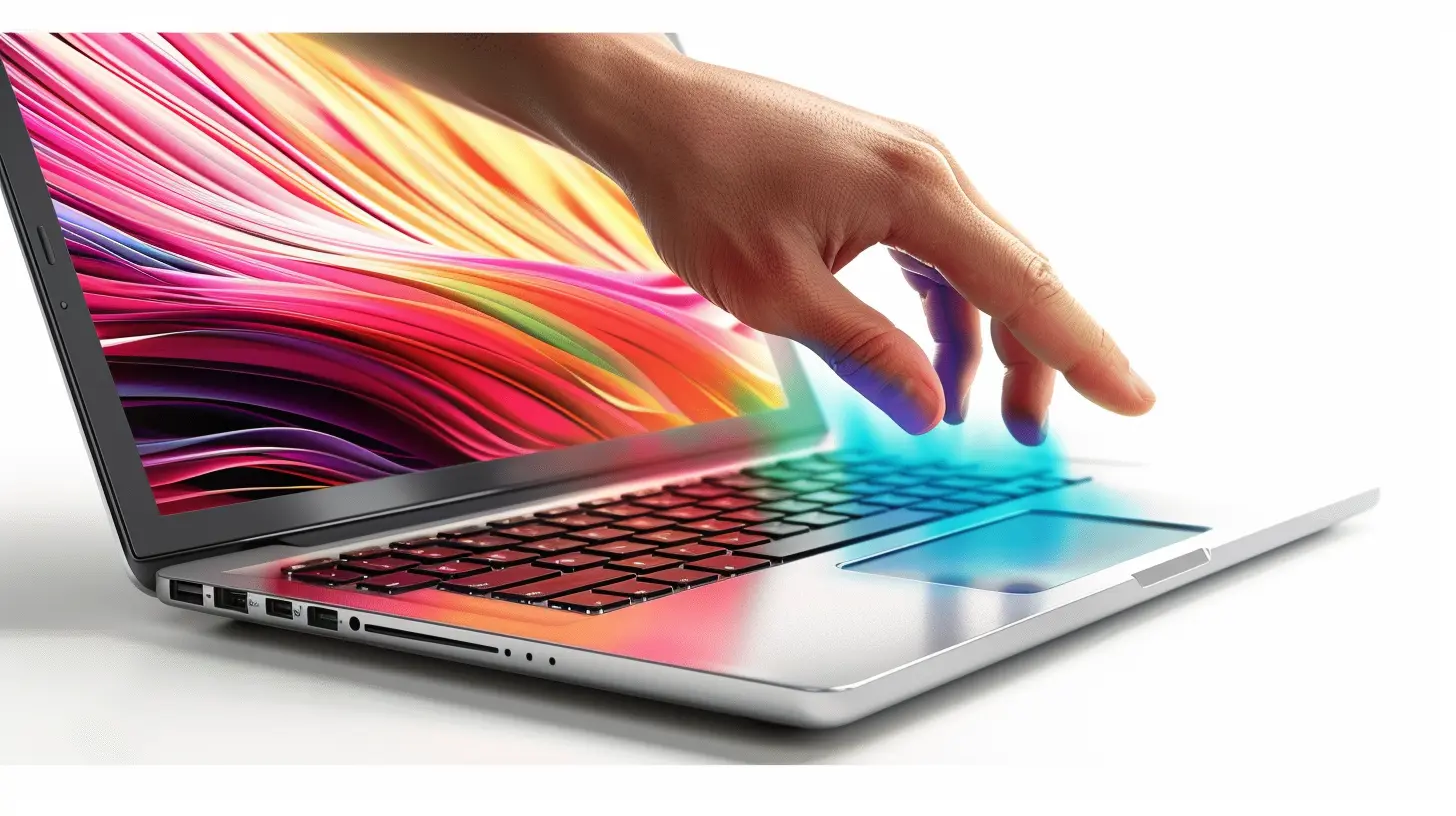
2. Versatility at Its Finest
One of the biggest reasons touchscreen laptops are gaining popularity is simple: they’re versatile. You get the best of both worlds—a laptop when you need to type away or work on more serious tasks, and a tablet when you want to kick back and relax.Most touchscreen laptops these days come in a 2-in-1 form factor. That means you can flip or detach the keyboard, transforming it into a tablet. Need to work on a spreadsheet? Use it in “laptop mode.” Want to watch a movie or sketch some ideas? Switch it to “tablet mode.” Looking for something in between? There’s a “tent mode” for that. The ability to switch between different modes makes touchscreen laptops adaptable to any situation, whether you're working, creating, or just relaxing.
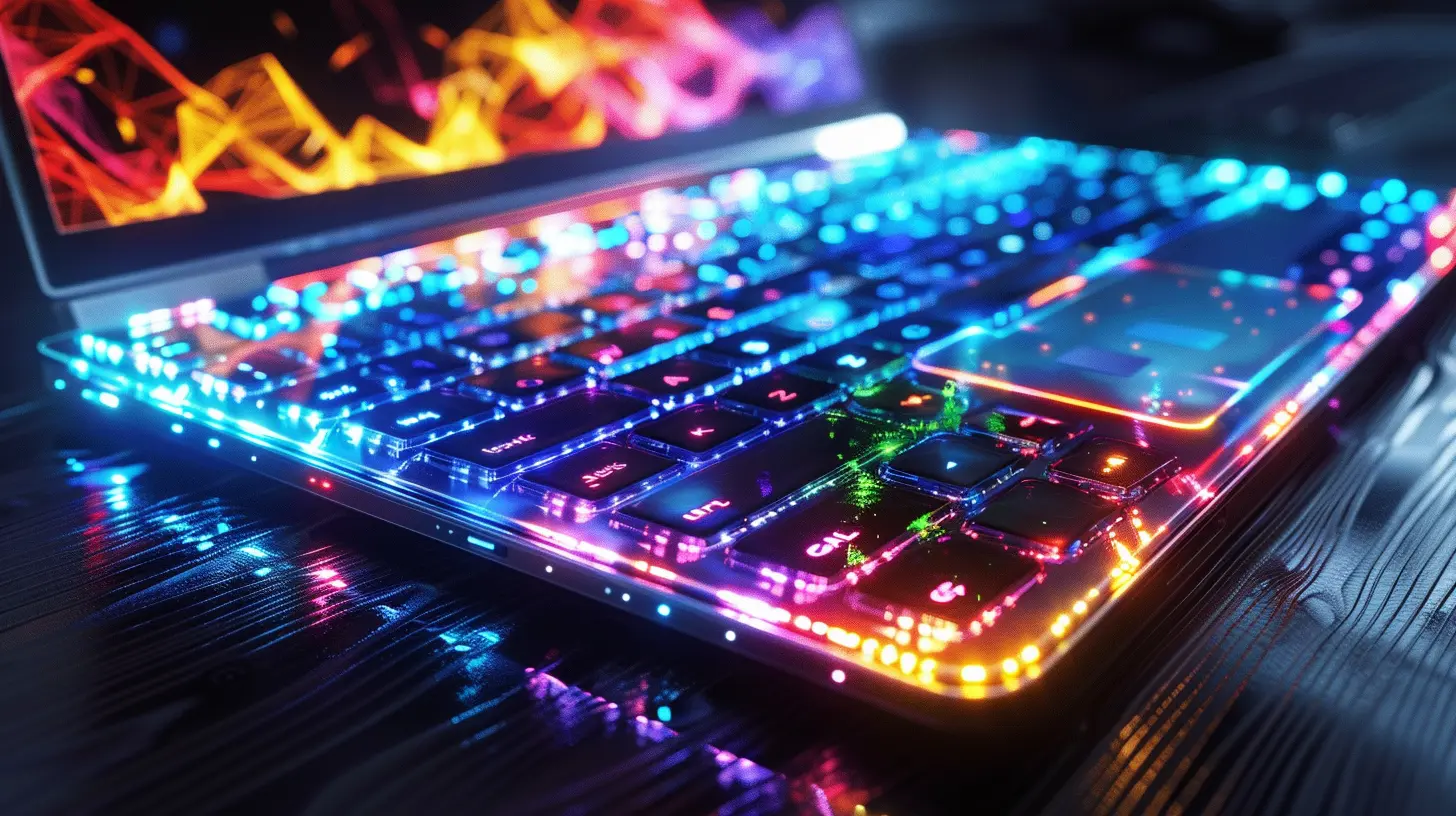
3. Enhanced Productivity
At first glance, you might think a touchscreen wouldn’t add much to your productivity. But once you start using one, you’ll quickly realize that it streamlines your workflow in ways a traditional laptop can’t.For instance, think about tasks like scrolling through long documents or zooming in on detailed images. With a normal laptop, you'd have to use the trackpad or mouse, which can be a bit cumbersome. But with a touchscreen laptop, you can simply swipe or pinch the screen—just like you would on your phone. It’s faster, more intuitive, and helps you get things done more efficiently.
Touchscreens also make multitasking easier. You can quickly switch between apps, drag and drop files, or even jot down notes with a stylus—all without needing to fumble with a mouse or keyboard shortcuts. For creatives, this is a game-changer. Designers, photographers, and artists can draw directly on the screen, making their work more hands-on and fluid.
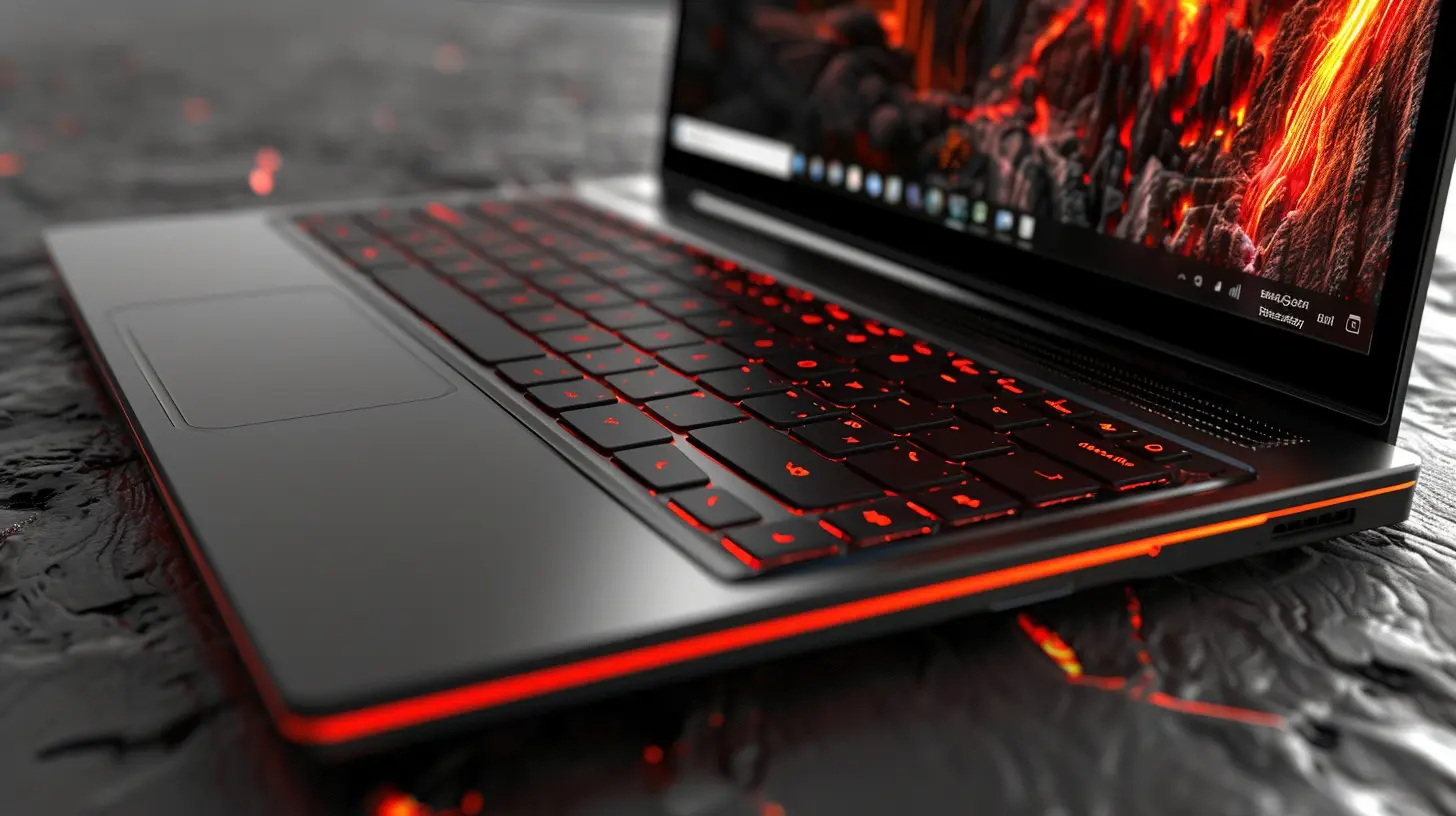
4. Stylus Support: A New Level of Creativity
Speaking of creatives, the stylus support that often comes with touchscreen laptops is a huge reason why they’re taking over. Whether you're a digital artist, a note-taker, or someone who likes to doodle, the ability to use a stylus on your laptop opens up a world of possibilities.A stylus allows for precise input, making it perfect for drawing, sketching, or marking up documents. Many touchscreen laptops offer palm rejection technology, meaning you can rest your hand on the screen while you write or draw without messing anything up. It's like having a digital canvas right at your fingertips.
Even if you’re not an artist, you might still find the stylus useful. Ever been in a meeting or a classroom where you needed to quickly jot down notes? Instead of typing them out, you can simply write them by hand on the screen. It’s a more organic way of capturing thoughts and ideas, and for many people, it helps with memory retention as well.
5. The Growing Shift Toward Hybrid Work
The COVID-19 pandemic has changed the way we work. With more people working remotely or in hybrid work environments, the demand for versatile devices has skyrocketed. Touchscreen laptops fit perfectly into this new world of work.Imagine you're in a Zoom meeting, and you need to quickly pull up a document or share your screen. A touchscreen laptop makes this seamless. You can swipe through files, annotate documents, and even use the stylus to highlight important points—all without missing a beat.
Plus, touchscreen laptops are great for collaboration. Many models allow multiple people to interact with the screen at once, making it easier to work together on projects whether you're in the same room or halfway across the world.
6. Touchscreen Laptops Have Caught Up in Performance
One of the reasons people hesitated to embrace touchscreen laptops in the past was performance. Early models had slower processors, shorter battery life, and bulkier designs. But that’s all changed. Today’s touchscreen laptops are just as powerful as their non-touch counterparts.You’ll find devices with lightning-fast processors, ample RAM, and SSD storage that keeps everything running smoothly. Battery life has also significantly improved, so you can use your touchscreen laptop all day without constantly hunting for an outlet.
Brands like Microsoft, HP, Dell, and Lenovo have optimized their touchscreen models to run high-performance tasks without draining the battery or lagging. Whether you’re gaming, editing videos, or running complex software, touchscreen laptops can handle it all without breaking a sweat.
7. Improved Operating Systems
Another reason touchscreen laptops are taking over is the improved operating systems that now fully support touch interaction. Both Windows and ChromeOS have been optimized for touchscreens, offering a more seamless user experience.For example, Windows 10 and 11 offer features like Snap Assist, which lets you easily arrange multiple windows on your screen. The start menu is also more touch-friendly, with larger icons and easier navigation. ChromeOS, designed for Chromebooks, integrates with Android apps, making it perfect for anyone who uses Google’s ecosystem for work and play.
The improved software integration makes touchscreen laptops feel more natural to use. You’re no longer stuck in a world where touch is an afterthought. It’s now an integral part of the experience, blending the best of mobile and desktop environments.
8. It’s Simply Fun to Use
Let’s not forget one of the simplest, yet most important reasons why touchscreen laptops are taking over: they’re just fun to use! There’s something satisfying about interacting directly with the screen. Whether you're flicking through photos, zooming in on a map, or playing a game, touch adds a level of engagement that a traditional laptop just can’t match.Plus, touchscreen laptops make certain tasks easier. For example, editing photos or videos becomes much more intuitive when you can use your fingers to adjust sliders or crop images. Even web browsing feels more interactive when you can tap on links or scroll through pages with a swipe of your hand.
9. Touchscreens Are Becoming More Affordable
In the past, touchscreen laptops were often seen as a luxury item with a hefty price tag. But that’s no longer the case. As technology has advanced, the cost of touchscreens has come down, making them more accessible to everyone.These days, you can find touchscreen laptops at a wide range of price points, from budget-friendly options to high-end models. Whether you’re a student looking for an affordable laptop for school or a professional in need of a powerful work device, there’s likely a touchscreen option that fits your budget.
10. Future-Proofing Your Tech
If you’re thinking about buying a new laptop, choosing a touchscreen model is a great way to future-proof your tech. As more applications and software are designed with touch in mind, you’ll be ready to take full advantage of these innovations.Touchscreen laptops also integrate well with other devices, especially in the age of smart homes and Internet of Things (IoT) gadgets. You can expect future updates to keep expanding the functionality of touchscreens, making them an even more integral part of our digital lives.
Conclusion: The Age of Touchscreen Laptops Is Here
Touchscreen laptops have come a long way from being a quirky innovation to becoming a mainstream choice for many users. They offer a blend of versatility, creativity, and convenience that traditional laptops just can’t match. Whether you’re a professional, student, or casual user, there’s something about touchscreen laptops that makes them stand out from the crowd.If you haven’t already made the switch, now might be the perfect time to see what all the fuss is about. With so many options available at different price points, there’s never been a better moment to embrace the future of computing. So go ahead, tap into the touchscreen revolution—you might be surprised at how much you love it.
all images in this post were generated using AI tools
Category:
Touchscreen DevicesAuthor:

Kira Sanders
Discussion
rate this article
2 comments
Sienna McIntire
This article raises fascinating points about the rise of touchscreen laptops! I wonder, what specific features are driving consumer preference, and how do they enhance everyday productivity compared to traditional laptops? Excited to see where this trend leads!
October 31, 2025 at 12:28 PM

Kira Sanders
Thank you for your comment! Key features driving consumer preference for touchscreen laptops include enhanced interactivity, versatility in navigation, and improved multitasking capabilities. These features streamline tasks and make everyday use more intuitive compared to traditional laptops. Exciting times ahead!
Sandra Holland
Finally, a laptop that won't judge!
July 19, 2025 at 4:23 AM

Kira Sanders
Absolutely! Touchscreen laptops offer a more intuitive and user-friendly experience, making technology accessible for everyone.


